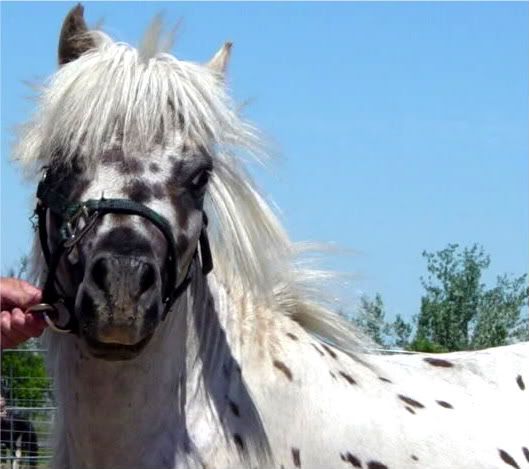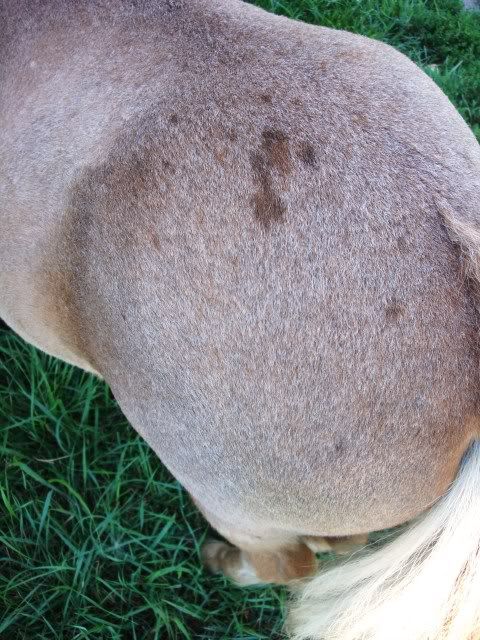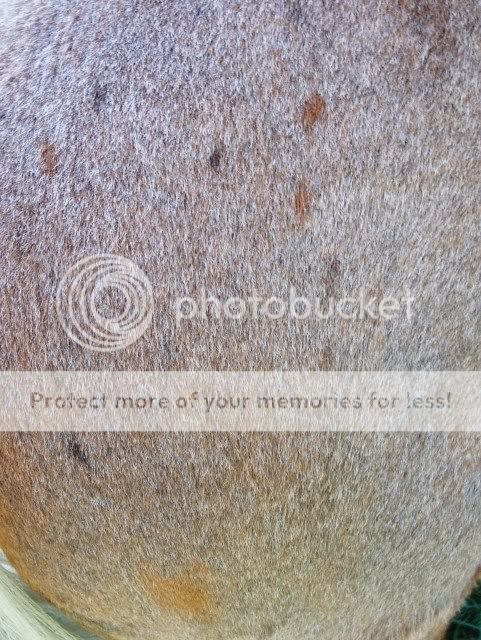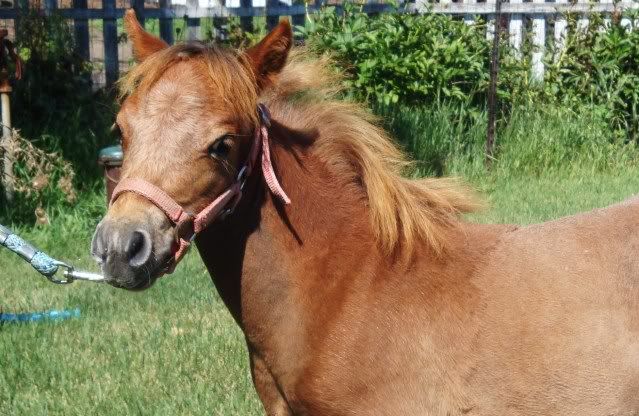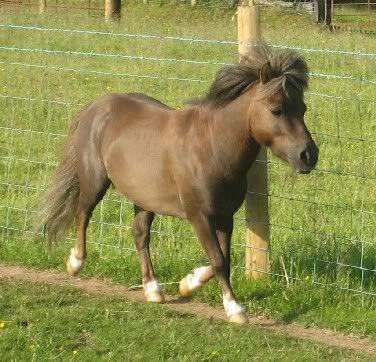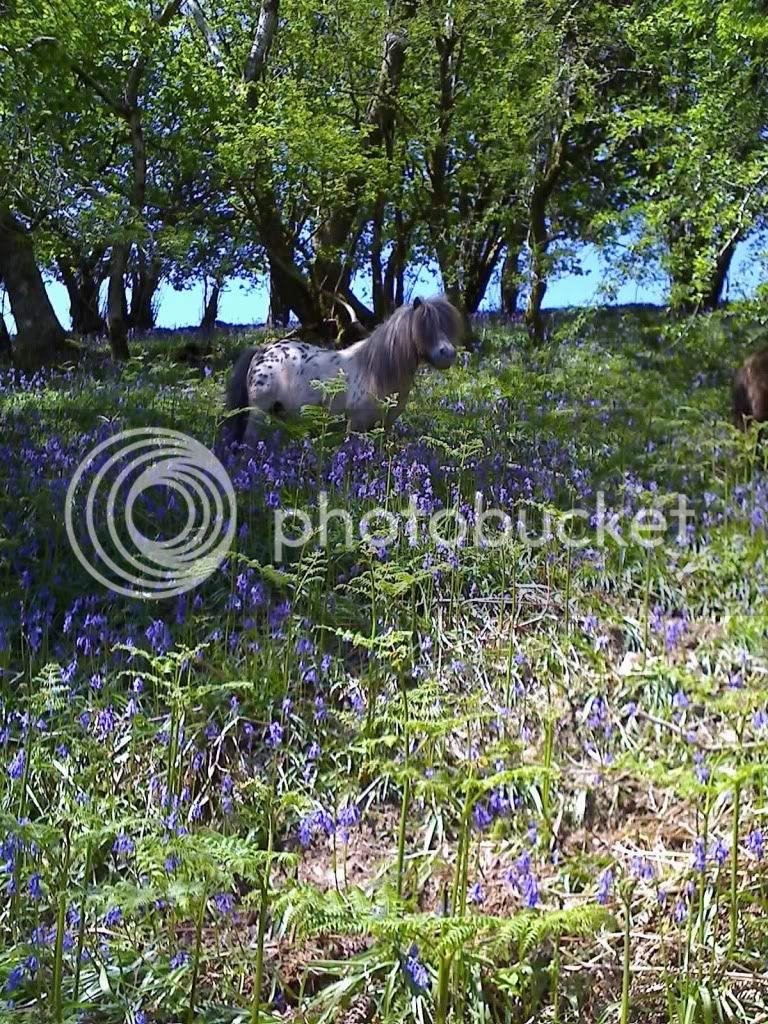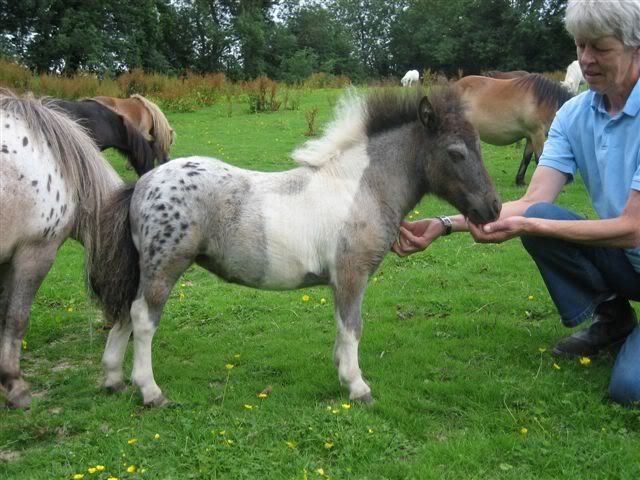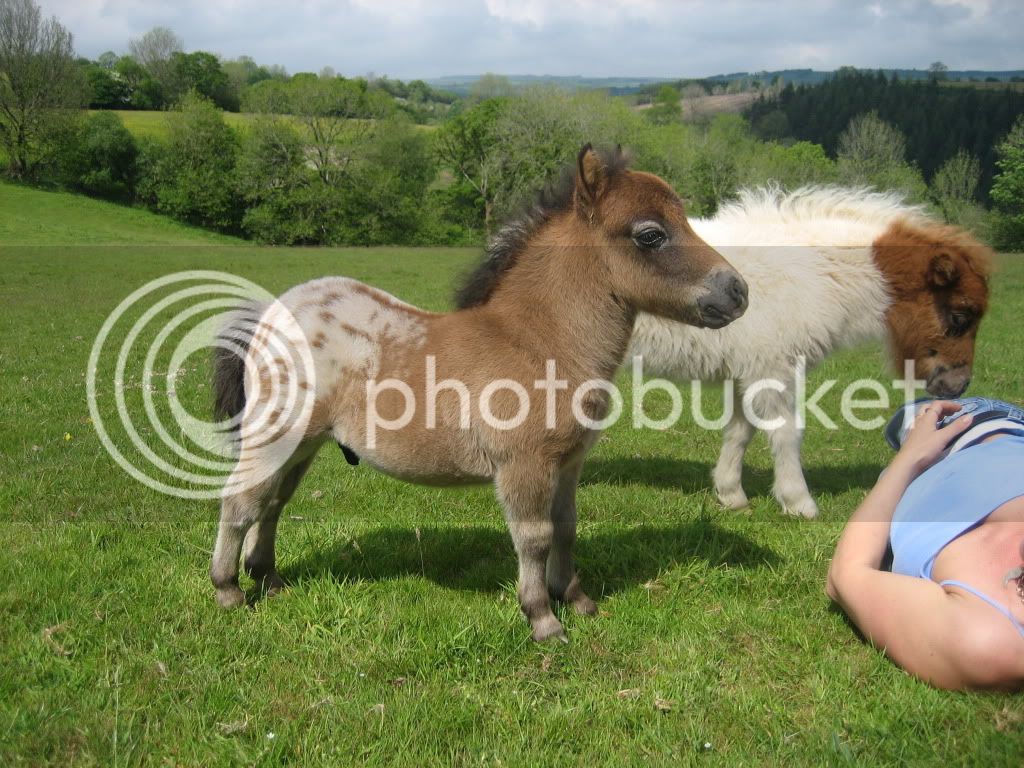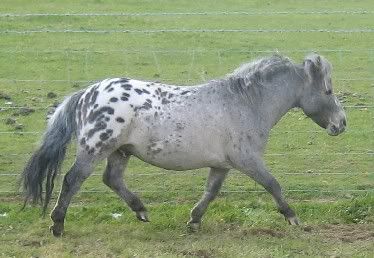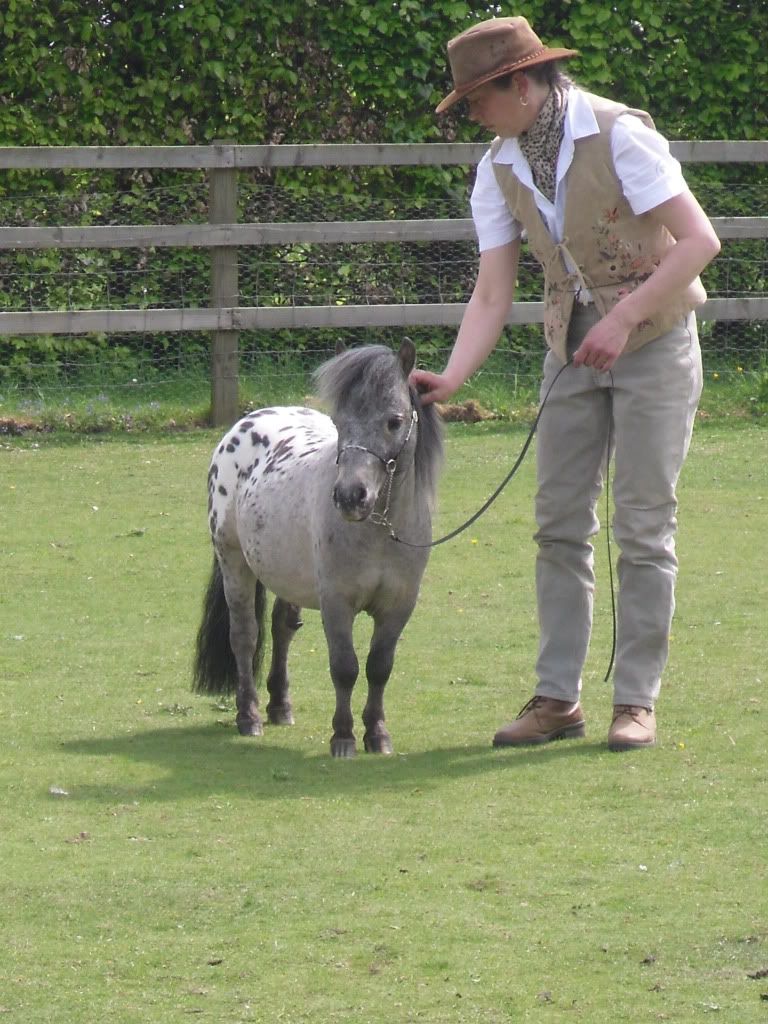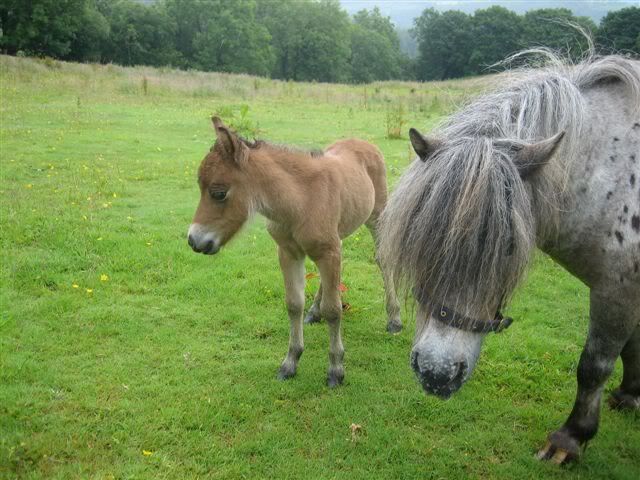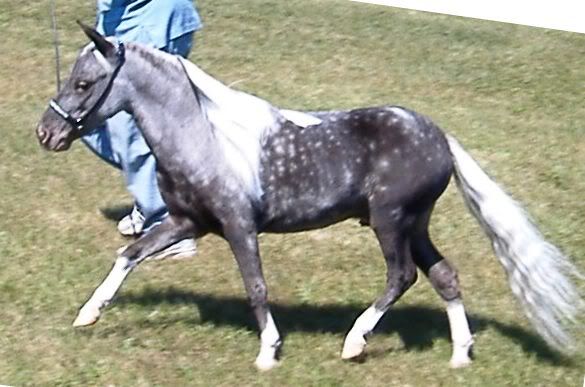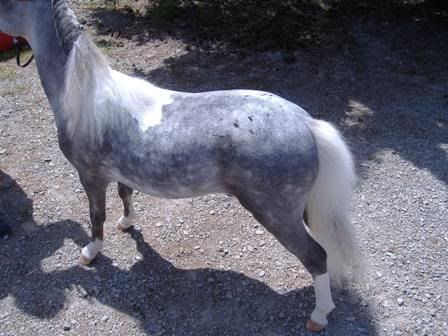Hahahaha, no Diane, you certainly didnt kill the post, LOL (maybe it just grayed out? oh I just crack myself up sometimes.
)
ohmt, I agree with your response here on both... And no, a varnish will not wipe out the spots- they will stay while the rest of the 'background' seems to varnish out. The varnish horses though also have a little different look- not flea bitten or gray like a true gray, and yes, their legs and all the places where the varnish marks are darker... those dont fade out like on a true gray.
I have never seen a silver though, born dark with the 'white rings' around it's eyes. Usually a silver that light (and I have had a couple that were snowcaps)were born that light- they didnt roan out or fade- they stayed what they were born as. However both did get some roaning and varnish marks in time too, so almost looked white they were so light of a silver, but their varnish marks on their heads, legs etc.... were still there.
The white rings are usually tell tale (I have seen it on pintos too) of a true gray that will end up white and lose all it's color. However I have also seen foals born (not just Appy either) that had NO ring around the eye, and were indeed graying out with age! So you can't depend on that either, LOL
With a true gray, everything including the spots will disappear. You may still see where they were for a while, or they become so faded, but the skin pigment under the hair is still there, etc.....
I guess have them tested or request pics of the parents and if one is a gray, I stay away too as I want any color to remain as much as possible. My friends had a lovely black and white colt born- a wildly marked pinto... he really had unique markings but alas, his dam was a gray, and you guessed it- he lost it all. They were kinda bummed.




